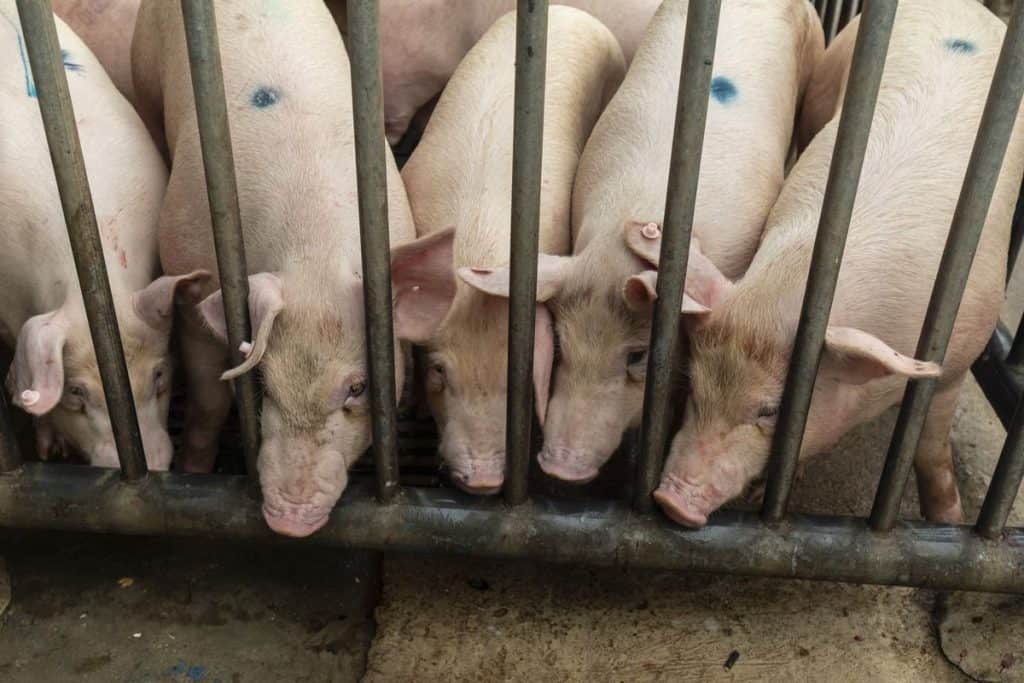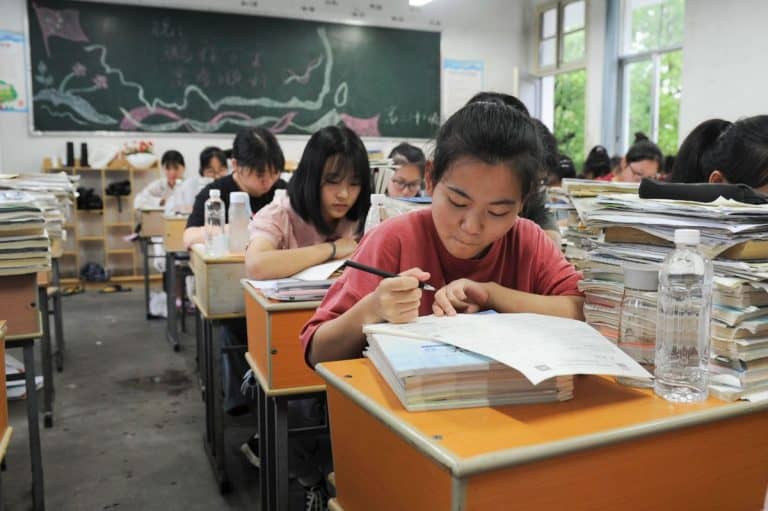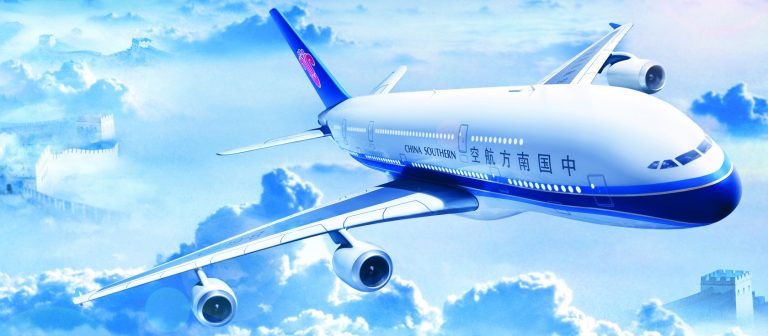How to Enter the Huge Pork Market in China
The spread of African swine fever (ASF) among Chinese pigs has been a major topic of discussion for a number of years. And yet, according to expert Jurgen Hijink of the Hijdeporc Consultancy, Chinese pork consumption has been rising at a rate of roughly 1 million tons annually despite the lingering consequences. He anticipates that pork imports will decrease to pre-ASF levels by 2026, as the hog herd will have been rapidly rebuilt.

Yu Ping, president of Sichuan Tianzow Breeding Technology Co. and originator of Yu’s Design, notes that China feeds over 20% of the world’s population with only 9% of the farmed area. There are 415,9 million pigs in China. It has a population of 1.4 billion people and a per capita consumption of pork of 20.3 kg, making it not only the world’s largest pig producer but also the largest consumer of pork in the world.
The Asian swine fever epidemic hastened the transformation of the Chinese pork sector, which has been moving from small farms to industrial-scale megafarms. Incredibly rapid increases in output are now possible. One 3,500-sow project took only 7 months to go from ground breaking to output.
There are a plethora of parallel, much more massive projects underway in China. According to Hijink, one facility had 21 six-story buildings housing 660 pigs apiece. Every level here functions as its own little apartment. He mentions that one firm alone is responsible for the production of over 30 million pigs annually, which is equivalent to about 21% of the whole U.S. pig crop in 2020.
Before 1995, most swine in China came from small farms. Just 15 years later, commercial businesses breeding between 50 and 1,000 pigs had surpassed homesteading. These days, according to Hijink, specialized farms with more than 1,000 sows account for roughly 40% of production, while commercial operations with up to 1,000 sows account for the other 40%.
He estimates that by 2025, specialized farms will account for 65% of total production, commercial farms will account for 30%, and home farms will account for only 5%.
With the help of imported new genetics and scientific management, it is anticipated that the modern farms would significantly increase annual piglets per sow from the current 16 to the 25 to 30 pigs produced by Western operations.
There is a positive effect on feed conversions and less time spent eating. Wheat and maize make up 65% of feed, or 215 kg per pig, on specialized farms, compared to 50% on commercial farms and barely 20% on farms with fewer than 50 pigs produced, therefore this is an important statistic for grain farmers.
He continues, “This is why I anticipate feed consumption to increase by 40%, to 40 million tons, by 2025.” Although, as Hijink points out, “A significant concern is how much reliance on imports the Chinese government will accept and whether it may re-incentivize domestic grain production instead.”
The Chinese meat market in 2020
- About 30% of the world’s meat consumption is by China
- A huge market the size of more than $209 billion in 2020
- Meat is the second largest sector in China’s retail food market (after the fresh vegetable sector)
- Pork and beef are Chinese’s two favorite imported meat
- Expected annual growth over +3%
Exporting your meat to China
To meat producers: here is THE opportunity of this decade. Many companies in China are looking for importing meat from abroad in the country, even at high set prices!
Here is a non-exhaustive list of Chinese meat importers you can start doing business with as soon as you will decide to:
- IFF (China) Ltd. (Yunpu Plant)
- Shanghai Great Champ Oils & Grains Co.,Ltd
- Parker International Llc Migliorini
- Wuhu Shuanghui Foods Co., Ltd. Linjiang Industrial Zone, Sanshan
- Thomsen Food Line A / S
- Whole Sun Ltd
- Win Legend International Limited.
- Guangyao Shangmao Ltd
- Hongxings Shengye Food Co.Ltd.
- Chuhai Trading Company
- Smart Trend Trading Ltd
All of these meat importers are currently looking for new exporters of diverse types and parts of meat (pork, beef, chicken, …).
But doing business with a foreign company can be complex if you don’t work with a tiers party, and even more if you don’t speak Mandarin!
Obviously, everything you have to do is to find a Chinese meat importer that needs the type of product you are selling, but how will you understand what he wants?
How to find a reliable distributor in Mainland China
Finding a good partner to work with to distribute your physical products in China is not an easy thing. Your search for Chinese suppliers can start online. Alibaba, Made in China, and Global Sources are all popular websites for selecting distributors and manufacturers in China. But how do you go about finding one? And what should you look for? Follow some of our tips to kick off your company on China market.
Consider setting an account on Tmall B2D
Tmall is China’s largest online retail platform, and now there’s a new way for businesses to sell their wares there. Businesses can now sell their wares to Tmall distributors in China using the brand new Tmall Global B2D (Business to Dealer) e-commerce platform. There is a huge market in China for a wide variety of goods, from affordable medical equipment and pharmaceuticals to construction materials and office supplies to high-end clothing and cosmetics.

A total of over 85,000 distributors operating in China are listed in the database, making it possible for any company to locate a distributor in the country. Logistics, payments, and supply chain management are all handled by the platform. Tmall’s business-to-consumer (B2C) platform is a fantastic time-saver for brands because it allows them to choose China distributors without leaving the platform. The entire platform is written in Chinese, so if that’s a problem for you, don’t hesitate to get in touch. Set a minimum sales quota, choose distribution partners and trade exhibitions, plan logistics, and more with our assistance.
Gentleman Marketing Agency is here to help you with the process

External assistance is very helpful at the beginning of the market entry. If you want to know more about how Chinese distribution works and how to choose good Chinese distributors, feel free to contact us, we have unique expertise and knowledge of the market thanks to our international marketing specialists.
It’s a lot easier to overcome language and culture barriers when you go through a sourcing agent that will come up with the best sourcing strategy to find suitable distributors for your products in China. Feel free to leave as a message!






